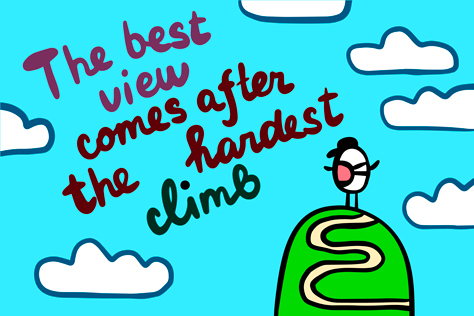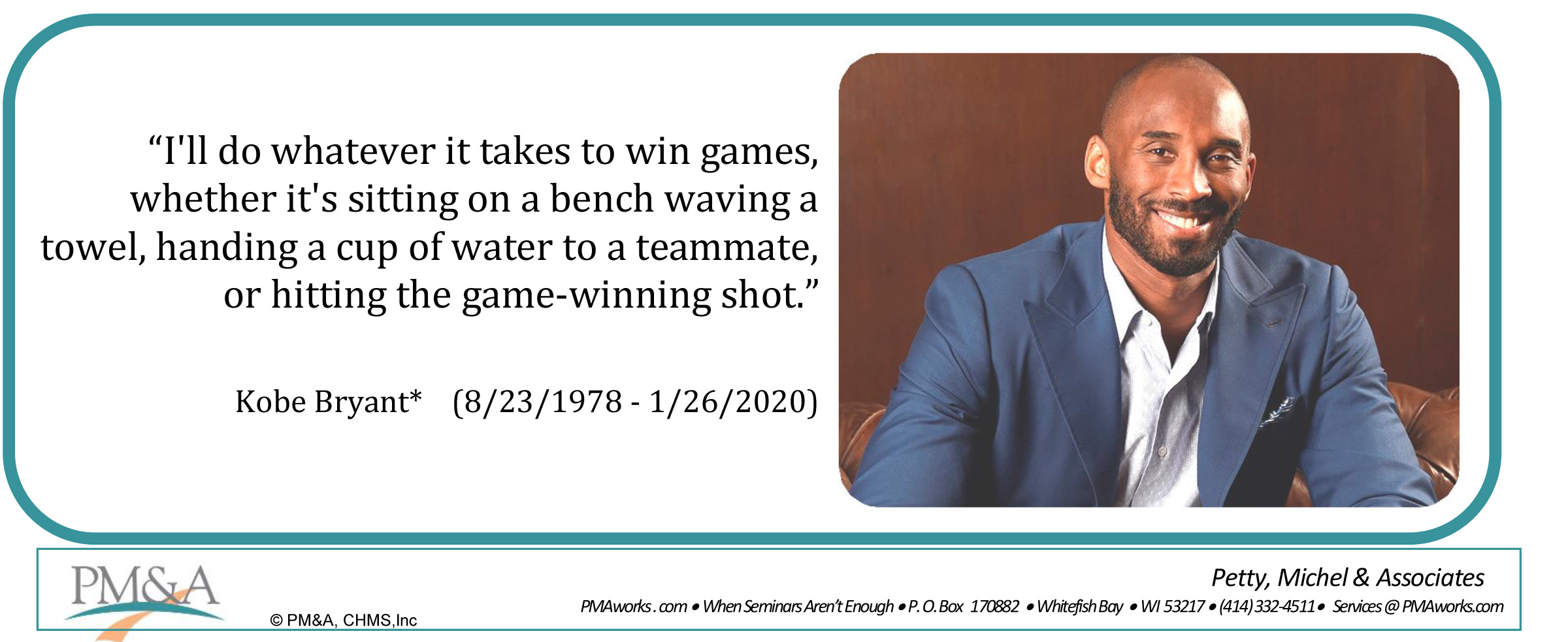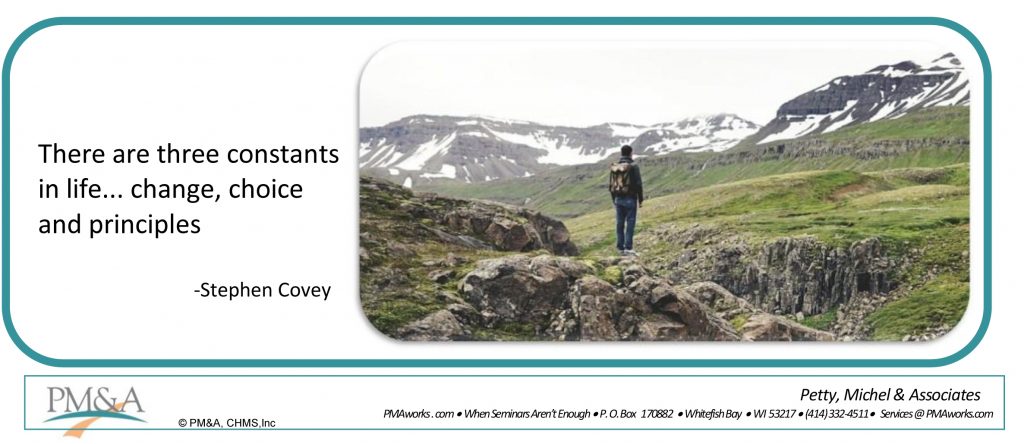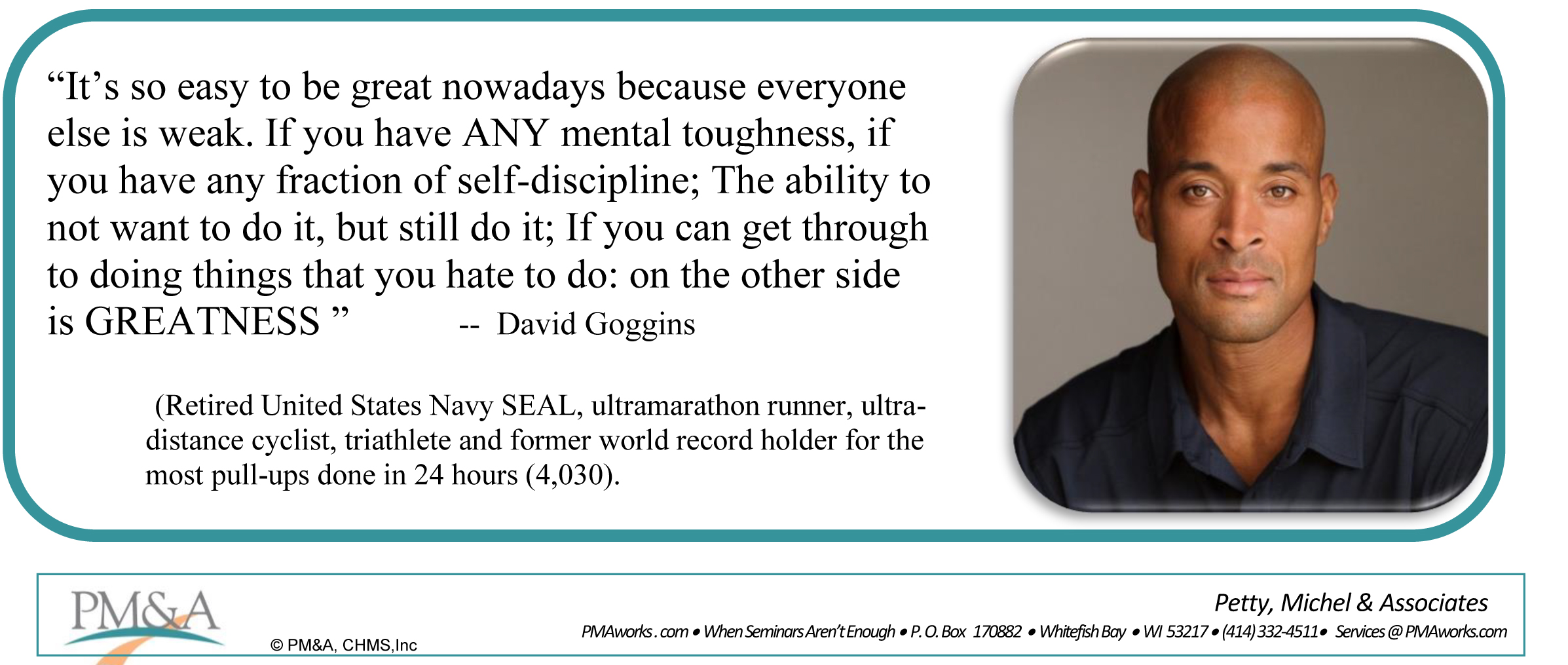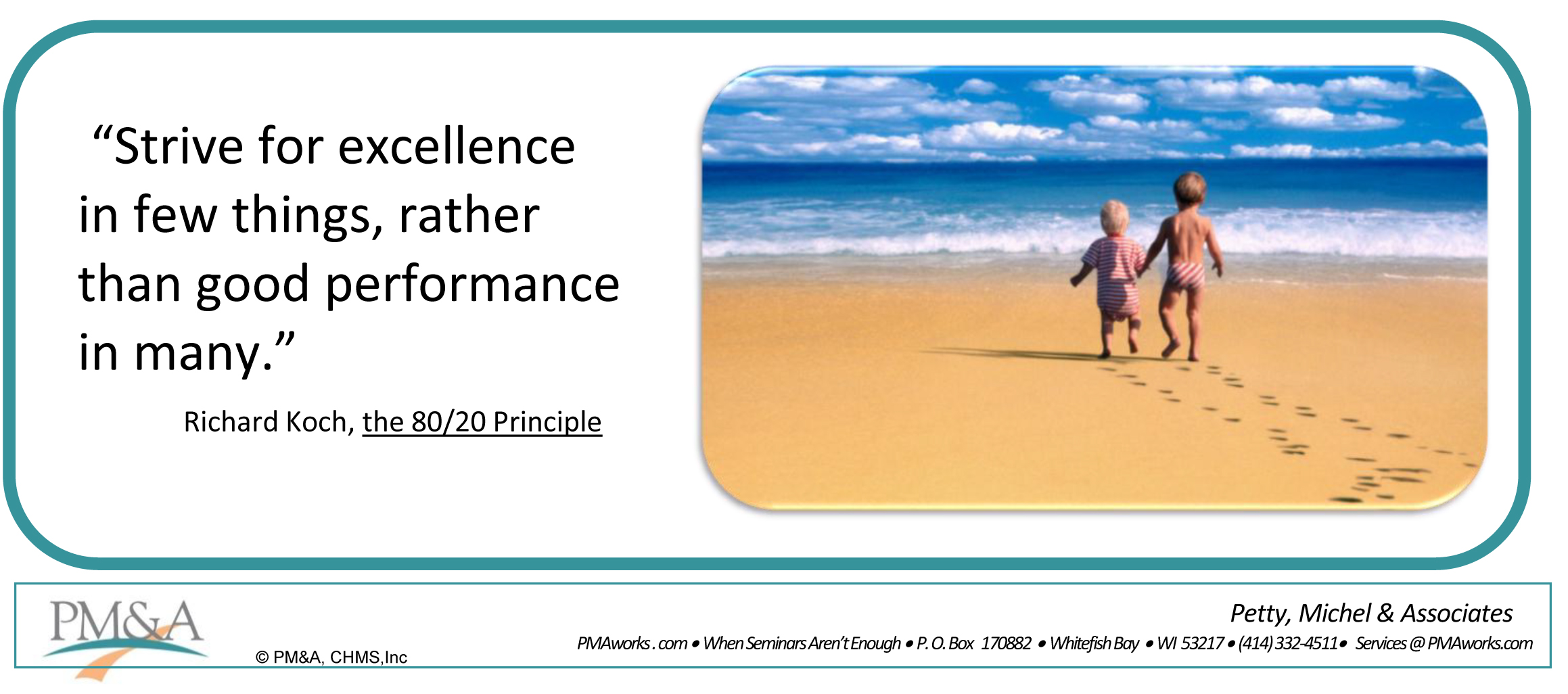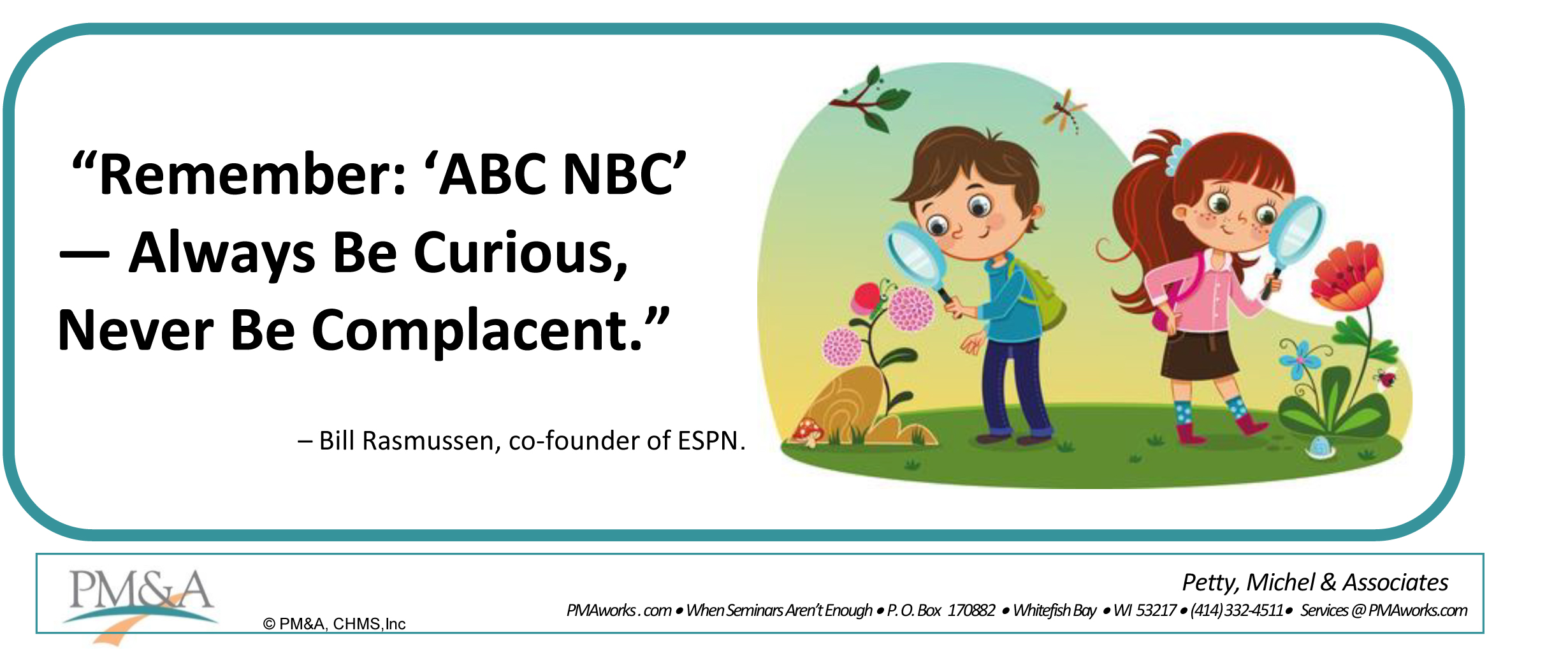
November and December are special times for patient marketing, whether you are promoting to prospective patients, active, or inactive patients.
Usually, we have found that internal marketing is better during this time of year as you don’t need to compete with commercial businesses as they slug it out in an advertising frenzy. You can prepare now and schedule your external promotions and community services for January and February. Of course, if you see an excellent opportunity for external marketing now, take it. But the primary focus should be internal for these two months.
November and December are “cozy” months. In North America — we have Thanksgiving. This is a time we give thanks for all our blessings and gifts and family and friends. It is a time when people feel grateful. Christmas is also a time of good cheer and giving, as is Hanukkah and other holidays.
And, for some of you, it is also the season of the yearly hunt — when you bring home the ring tail pheasants, the turkeys, and “da ‘tirty point buck.” (Wisconsin-ese for “the 30-point buck.”)
Your promotions should align with the spirit of the season to be most effective. Donation drives are often held. There are many churches and associations in your town that need help as they prepare to assist the less fortunate.
“Toys for Tots”, “Food for Families”, or “Coats for Kids”, are many popular promotions by local media stations. I don’t doubt that they are helpful, but I do sometimes question their sincerity.
Of course, you want more customers, that is the nature of business. But you must lead with your mission statement first.
Any promotions should stem from your higher purposes.
The Higher Purpose Company
In The High Purpose Company, (Arena, 2007) Christina Arena reports on her team’s study of 75 companies’ efforts at Corporate Social Responsibility (CSR).
She shows how corporations, by doing good, by providing better conditions for employees, more sustainable sourcing of raw materials, and contributing to beneficial causes in their communities, generate more income.
“The central findings of my research can be distilled in the following way: superficiality fails whereas authenticity prevails. Companies that falsely approach corporate responsibility as a form of marketing, public relations, or even philanthropy don’t produce the most meaningful results. In fact, they often waste their money and create additional liabilities. Conversely, companies that truly approach the practice of corporate responsibility as a fully integrated business strategy, wisely investing in profitable solutions to meet unmet social and environmental needs and problems find their performance greatly enhanced.”
According to the Harvard Business Review, business spent more than $15 billion in 2016 on Corporate Social Responsibility (CSR) programs. (Davidson, July 7, 2016) And according to, Linda Novick O’Keefe, founder of Common Threads, “that number is rising as businesses see signs that investments in CSR improve company performance, talent recruitment and retention. (O’Keefe, 2016) “Giving in Numbers”, a study published by the CECP that analyzes giving and corporate societal engagement trends, revealed companies that increased giving by at least 10 percent between 2013 and 2015 actually experienced upticks in revenue and pre-tax profit, while all other companies saw a decrease in both.”
Your “WHY?”
Marketing must be honest, and it has to tell why you are doing the marketing. As Simon Sinek reminds us:
“Very few people or companies can clearly articulate WHY they do WHAT they do. By WHY I mean your purpose, cause or belief – WHY does your company exist? WHY do you get out of bed every morning? And WHY should anyone care?
People don’t buy WHAT you do, they buy WHY you do it.
All organizations start with WHY, but only the great ones keep their WHY clear year after year.” (Sinek, 2009)
I recommend finding charities or causes in your community that your patients care about. That you care about. Then, go talk to the head of the charity yourself – get involved – personally. Emotionally.
One office paid their staff for one hour for every two hours they went out of the office and worked on a community project.
And it doesn’t have to be charities. A Kid’s Day with “Saturday with Santa” can be a ball. One office holds a patient appreciation party with their patients each December with a Christmas Elvis impersonator singing Christmas carols. The one I attended was packed, and a little wild. But everyone talks about it for the rest of the year.
Your patients, and your neighbors, want what you want – a better and healthier community. Communicate that in all your promotions and you’ll get better results, and have more fun.
And, many thanks for you do from all of us at PM&A!
Ed
A list of sample promotions on our web site – see reference below.
References
Arena, C. (2007). The High Purpose Company. Harper Collins.
Davidson, R. H. (July 7, 2016). CEO Materialism and Corporate Social Responsibility. Harvard Law School Forum on Corporate Governance and Financial Regulation. Retrieved from https://corpgov.law.harvard.edu/2016/07/07/ceo-materialism-and-corporate-social-responsibility/
O’Keefe, L. N. (2016, Decembr 15). CSR Grows in 2016 as Companies Embrace Employees’ Values. Huffington Post – The Blog. Retrieved from https://www.huffingtonpost.com/linda-novick-okeefe/csr-grows-in-2016-as-comp_b_13657368.html
Sample Promotions. Chiropractic Practice Marketing Ideas For 2016. Retrieved from www.pmaworks.com: http://pmaworks.com/observations/2016/09/20/chiropractic-practice-marketing-ideas-for-fall-2016/
Sinek, S. (2009, September). Simon Sinek How Great Leaders Inspire Action. Retrieved from TED Ideas Worth Spreading: https://www.ted.com/talks/simon_sinek_how_great_leaders_inspire_action





 Action Step: Regularly review the mission for everyone’s job, including your own, with the outcomes it needs to produce. Keep higher-level and lower-level goals connected.
Action Step: Regularly review the mission for everyone’s job, including your own, with the outcomes it needs to produce. Keep higher-level and lower-level goals connected.